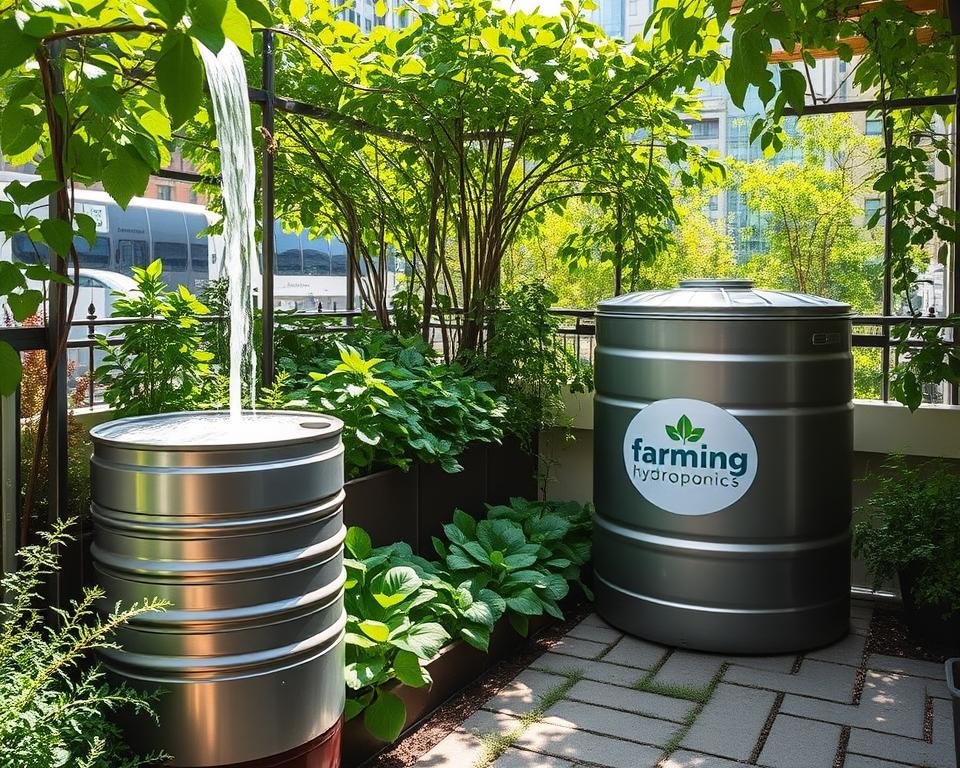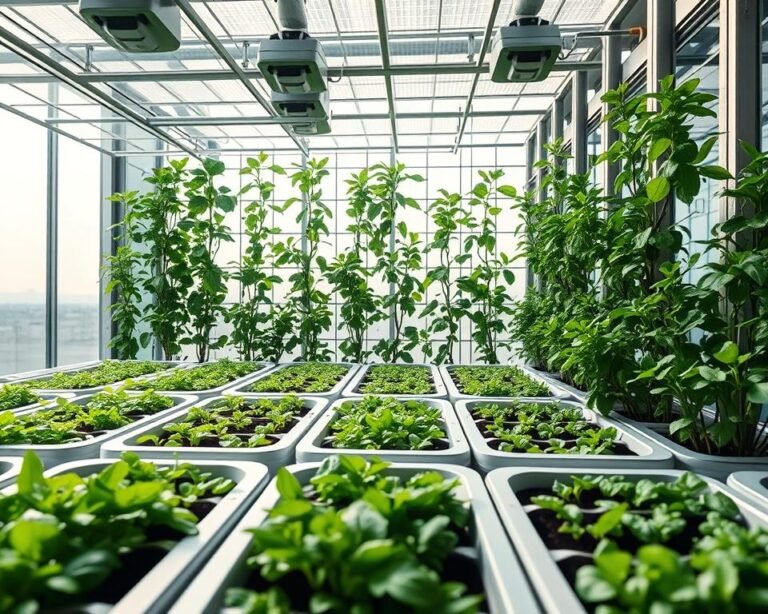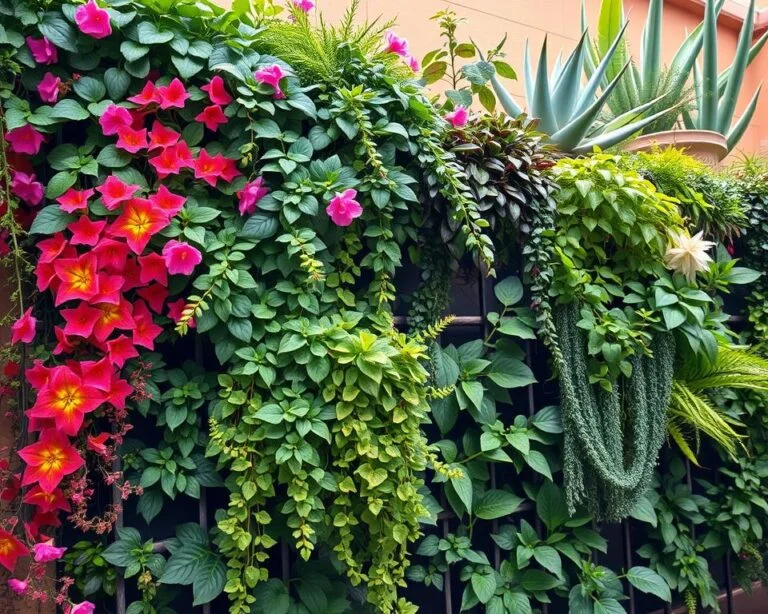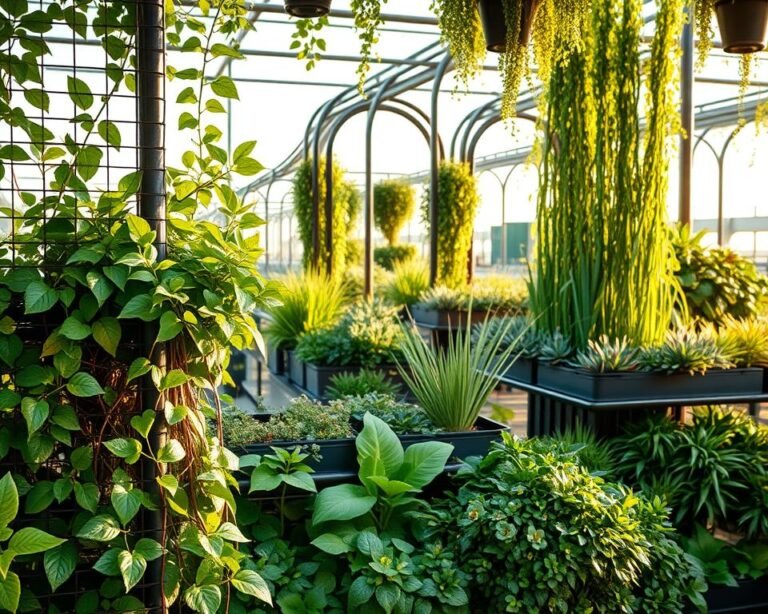Rainwater Harvesting: A Sustainable Approach for Container Gardens
Every drop of water tells a story of conservation and hope. As urban gardeners, we stand at the intersection of creativity and sustainability. Here, container gardening meets innovative water management. Rainwater harvesting isn’t just a technique—it’s a powerful statement about our commitment to water conservation and environmental stewardship.
Your container garden can become a remarkable example of sustainable living. Rainwater harvesting offers an extraordinary opportunity to transform how you nurture your plants. It reduces your environmental footprint. By capturing nature’s precious resource, you’re not just growing plants—you’re cultivating a more responsible approach to gardening.
Modern urban dwellers are discovering that rainwater harvesting isn’t complicated. With simple systems, you can collect and utilize rainwater efficiently. This supports your container gardening efforts while contributing to broader water conservation goals. This practice connects you directly to natural water cycles, creating a more mindful and eco-friendly gardening experience.
Key Takeaways
- Rainwater harvesting transforms container gardening sustainability
- Simple collection systems can significantly reduce water consumption
- Chemical-free rainwater benefits plant health naturally
- Urban gardeners can directly impact water conservation efforts
- Cost-effective method for maintaining thriving container gardens
Understanding the Basics of Rainwater Collection Systems
Rainwater harvesting is a key part of sustainable living for garden lovers. The average American uses 82 gallons of water every day. Using a green building strategy like rainwater collection can cut down water use a lot.
Your rainwater collection system has important parts that work together. They help you use free water from nature. Knowing these parts is key to managing stormwater for your garden.
Essential Collection System Components
A basic rainwater harvesting system has:
- Catchment surface (roof or specialized collection area)
- Gutters and downspouts
- First flush diverter
- Storage container
- Filtration system
Catchment Area Strategies
Every living space can collect rainwater. Urban balconies, suburban rooftops, and small yard spaces are great for catching rain. A 1,000-square-foot roof can collect about 1,162.5 gallons of rainwater each month. Even small areas can help manage water sustainably.
Water Storage Solutions
There are many ways to store rainwater, from simple 55-gallon barrels to big underground cisterns. Your choice depends on space, budget, and garden needs. Some people spend $3,000 to $20,000 on rainwater systems, showing they care about saving water.
Benefits of Rainwater Harvesting for Container Gardens
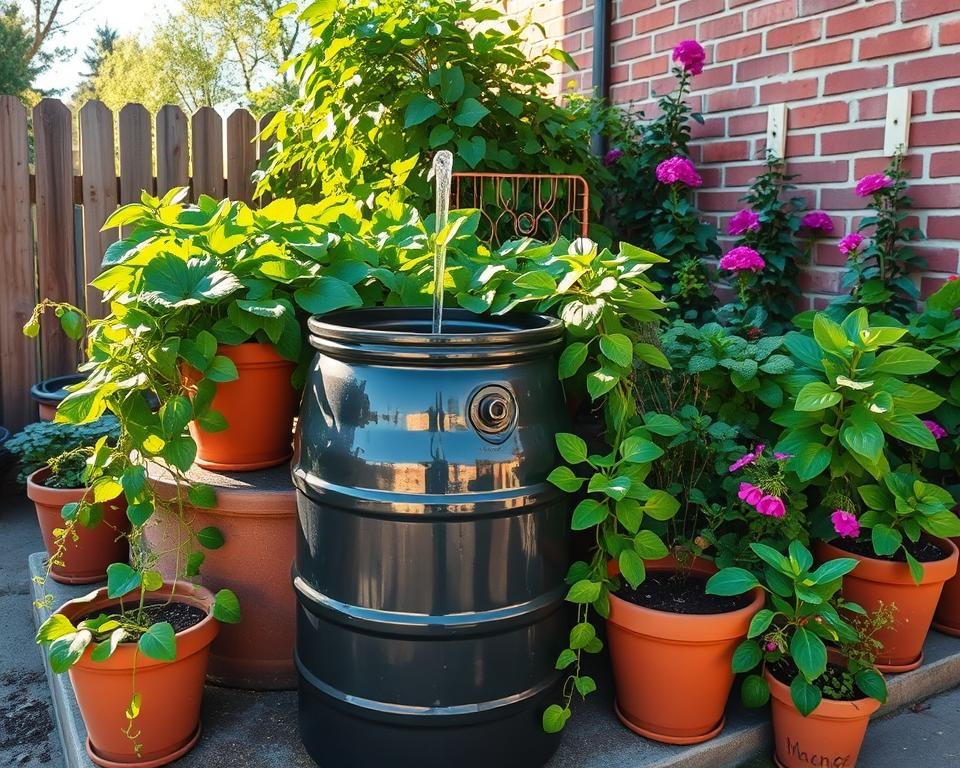
Rainwater harvesting turns your container garden into a green haven. It boosts drought resistance and helps the environment. By collecting rainwater, you make your garden more sustainable.
Harvesting rainwater does more than save water. It gives your plants a clean, chemical-free drink. This is better than tap water, which often has chlorine and fluoride.
- Reduces water bills by up to 50%
- Increases plant growth rates by 20-30%
- Supports groundwater recharge by minimizing municipal water demand
- Decreases garden runoff by 30-50%
Container gardeners see big health boosts in their plants. Rainwater’s natural makeup gives plants the nutrients they need. It also helps roots grow strong. With drought hitting 72% of the western U.S., saving rainwater is key for gardening.
| Collection Method | Water Capacity | Best Use |
|---|---|---|
| Rain Barrel | 50-80 gallons | Small container gardens |
| IBC Tote | 250-1000 gallons | Large garden systems |
| Cistern | 500-5000 gallons | Comprehensive water management |
By using rainwater, you’re not just caring for your plants. You’re also helping save water and protect local ecosystems. It’s a smart way to manage resources.
Essential Equipment and Materials
To make a good off-grid water supply for your container garden, you need the right tools and materials. Rainwater harvesting systems change how you water your plants. They are a green and affordable way to care for your garden.
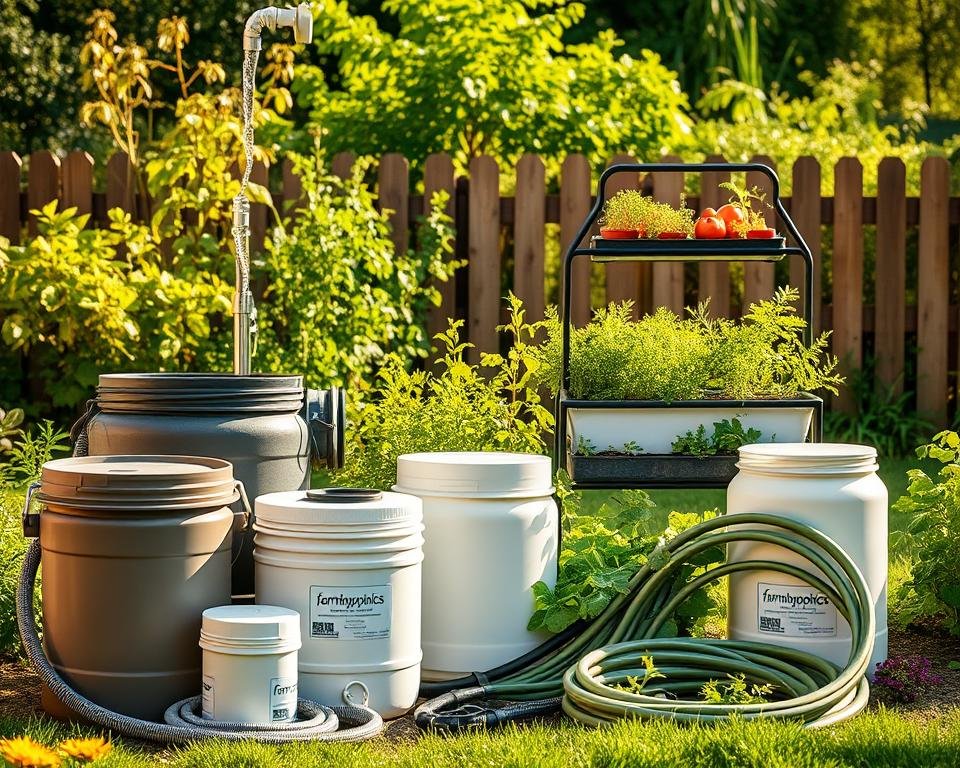
Your rainwater collection system has important parts that work together. They make sure your plants have water. From catching rain to getting it to your plants, each part is key to saving water.
Filtration Systems and Maintenance
Good filtration is key to keeping water clean in your rain barrels. Here are some important filters:
- Sediment filters to remove big particles
- Carbon filters to make water look better
- UV purification systems to kill germs
Keeping your system clean is important. It keeps your water safe for your plants.
Storage Tanks and Containers
Choosing the right storage is crucial for your rainwater system. Different materials have their own benefits:
| Material | Pros | Cons |
|---|---|---|
| Polyethylene | Light, strong, doesn’t rust | Not good against UV rays |
| Stainless Steel | Very strong, lasts a long time | Expensive |
| Fiberglass | Sturdy, great for big setups | Easier to break |
Distribution Systems
There are two main ways to get water to your plants:
- Gravity-fed systems: Cheap, uses natural slope
- Pump-operated systems: More flexible, needs electricity
By picking and keeping up your rainwater gear, you can have a steady water supply for your garden.
Maximizing Water Efficiency in Container Gardens
Your container garden can show how to save water when you use smart water-saving methods. By using rainwater, you can cut down on city water use by half. This keeps your plants healthy while helping the environment.
Drip irrigation is the best way to water your containers. It saves 30-50% of water compared to old ways. Adding mulch can cut down soil moisture loss by 70%, making your garden very water-friendly.
Changing how you water with the seasons is key. Watering in the morning cuts down on lost water by 25%. Choosing plants that don’t need much water can save up to 50% of water. Using special planters and spikes can save 30-50% of water too.
By using these smart water-saving ideas, your garden can be a leader in using water wisely. With the right planning and new ways to water, you can make a garden that saves water, keeps plants healthy, and helps the planet.

